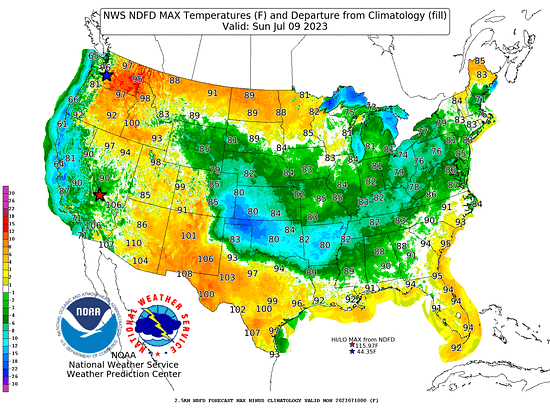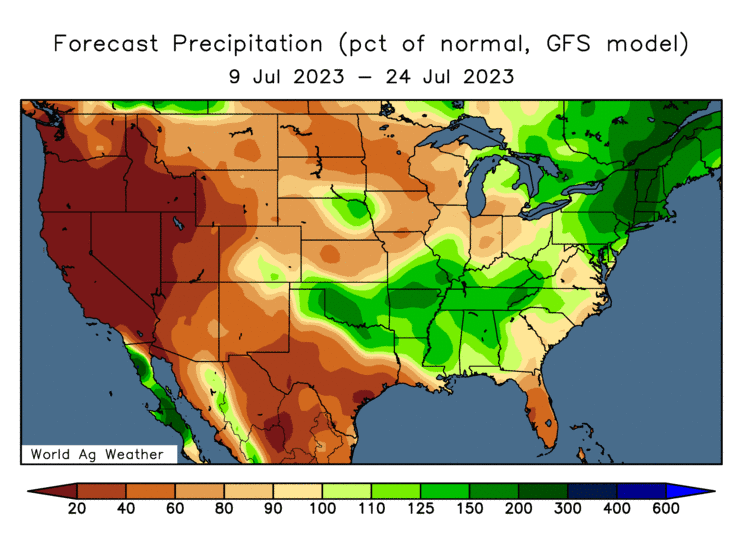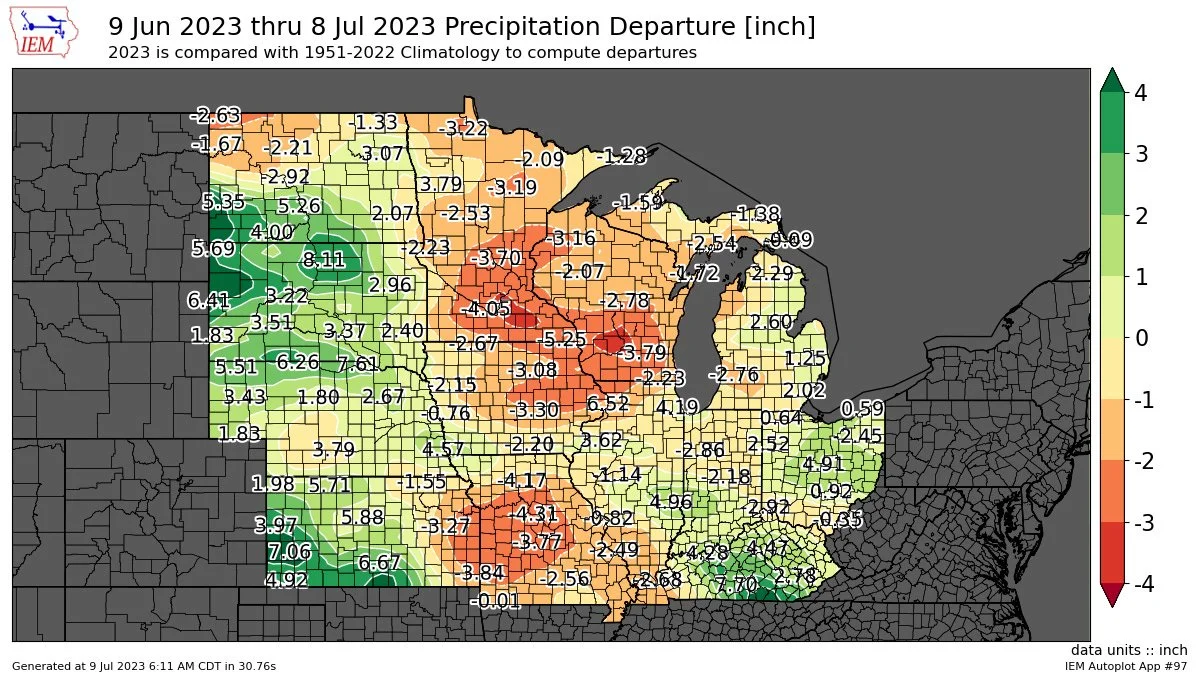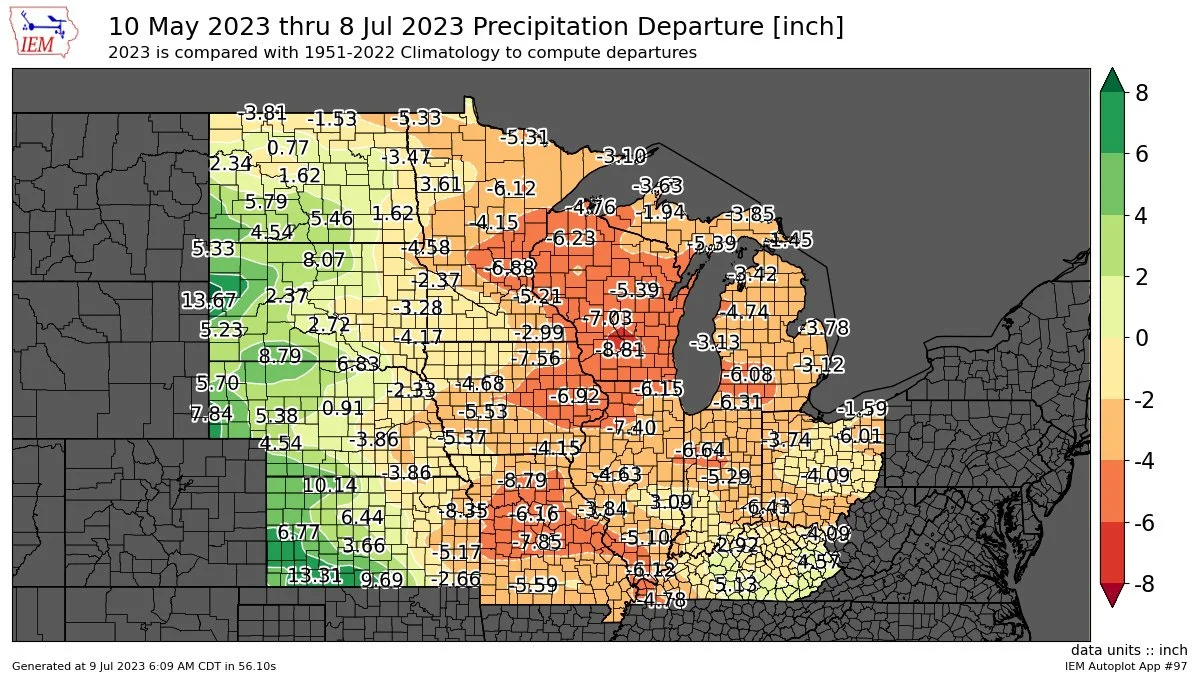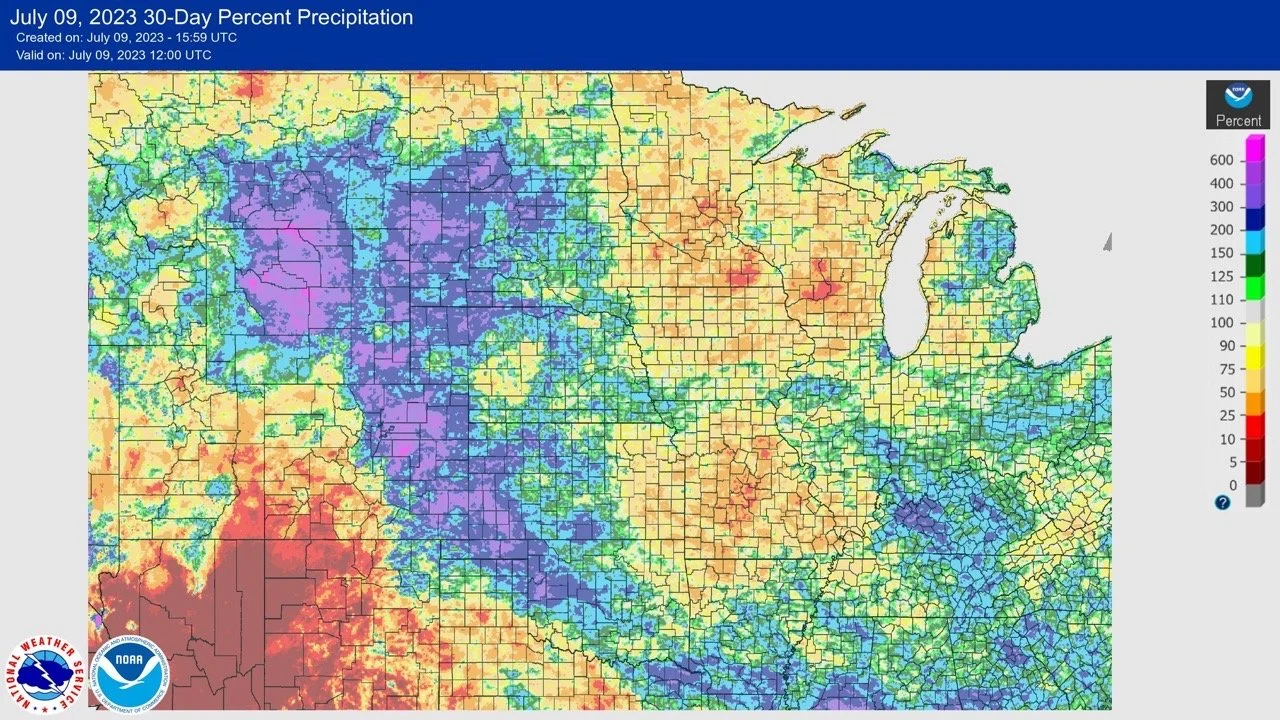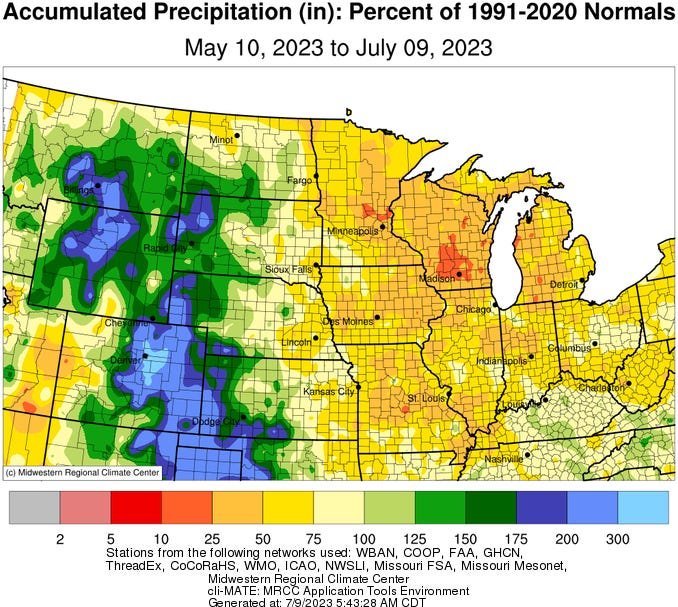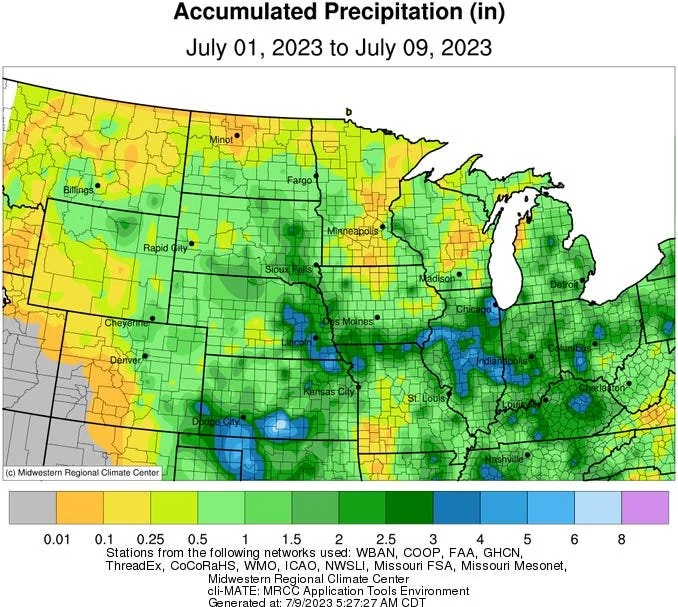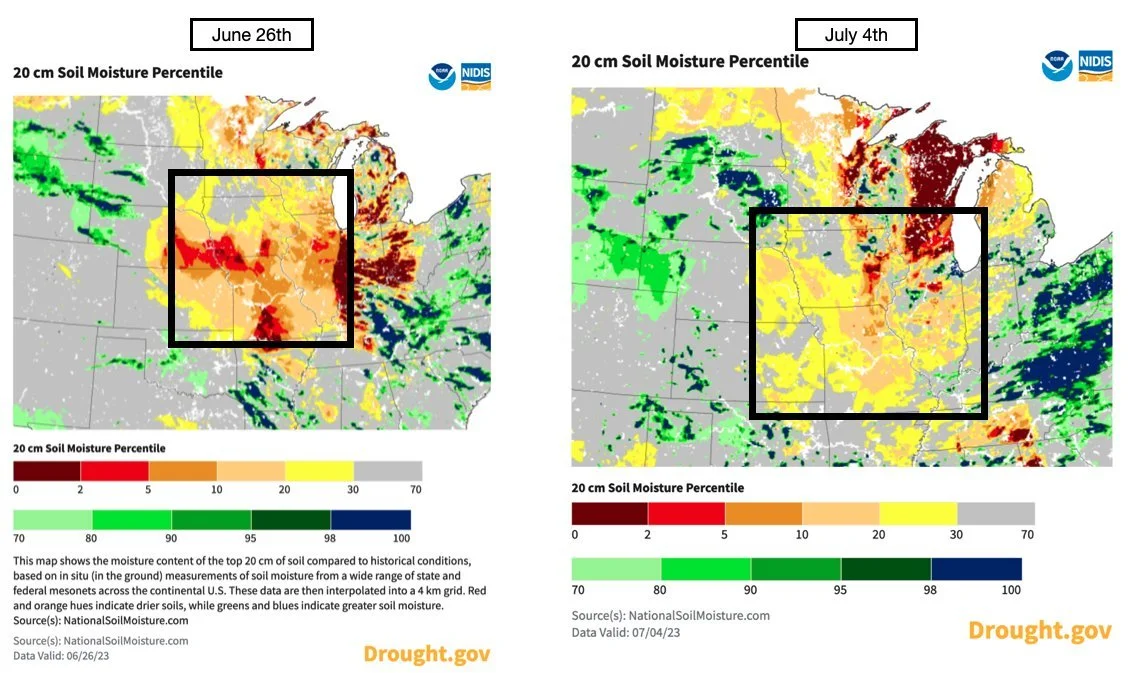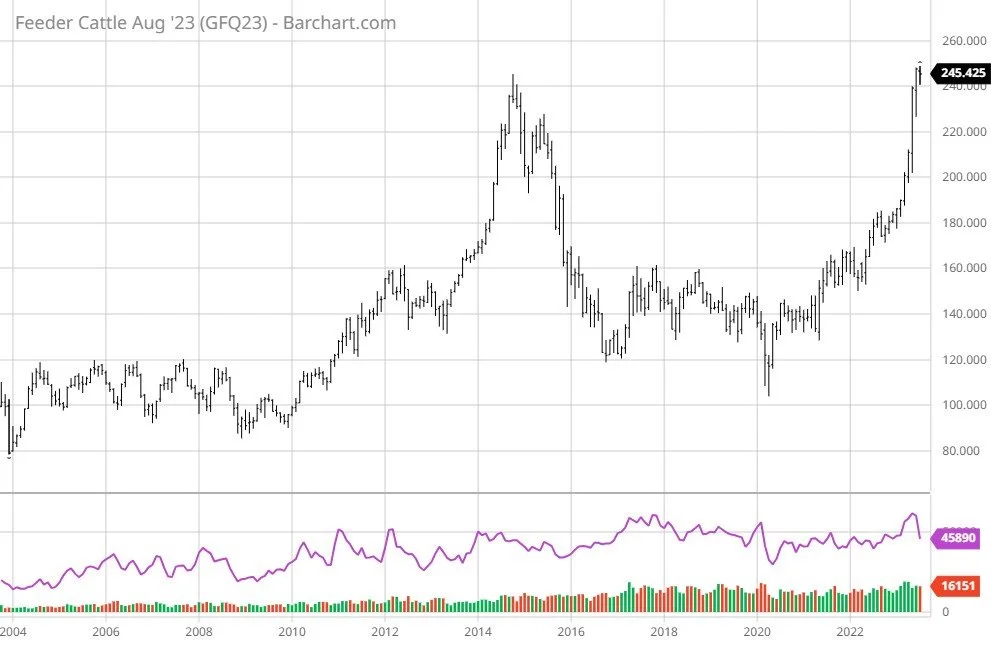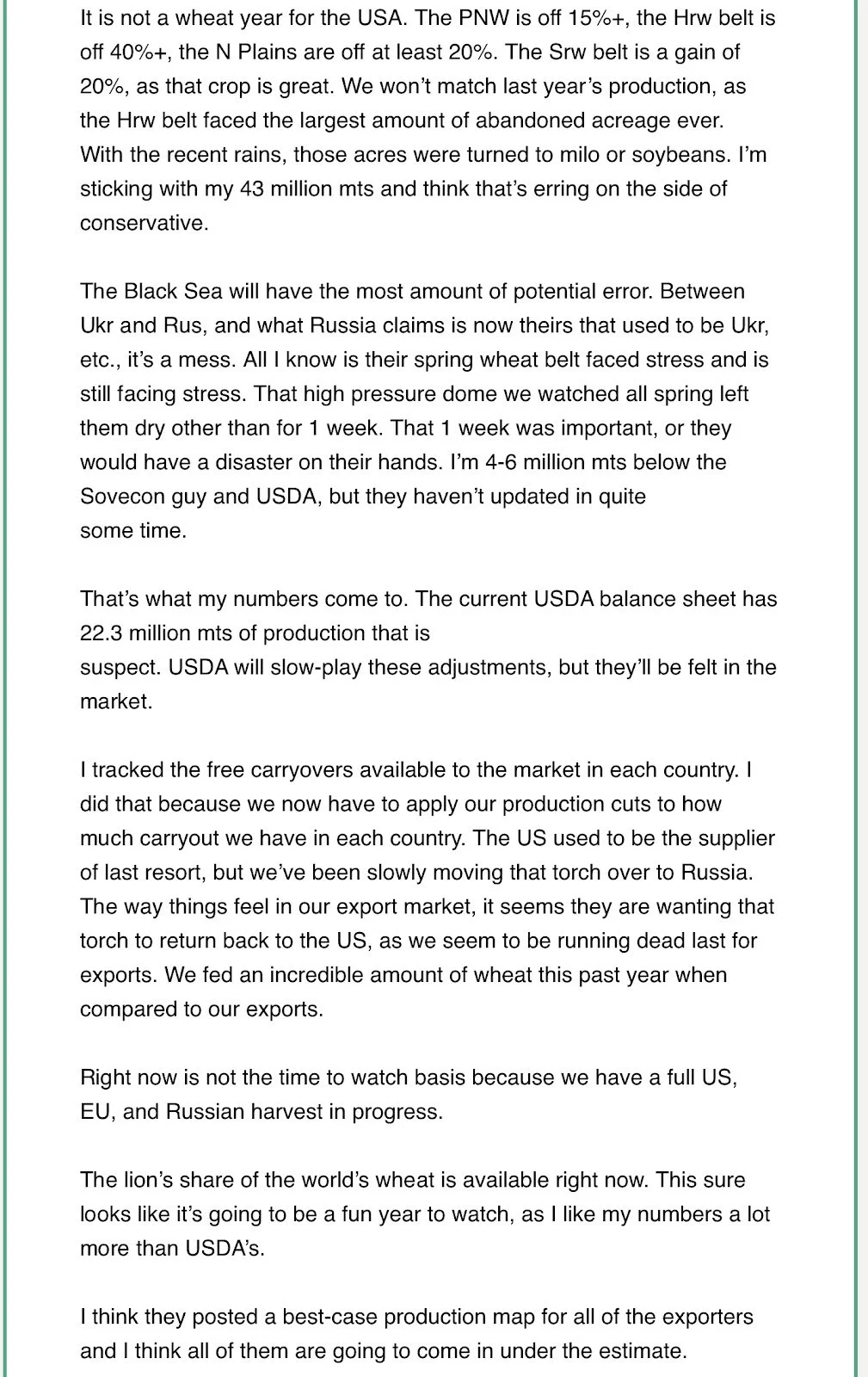ARE YOU COMFORTABLE WITH WHAT’S ABOUT TO HAPPEN?
WEEKLY GRAIN NEWSLETTER
Here are some not so fearless comments for www.dailymarketminute.com
We often refer to “comfortable” when we talk about grain price outlook and grain marketing plans in general. It’s been a little more than a week since the USDA dropped the bean and corn acre news, but later this week on Wednesday we will get that effect somewhat quantified provided the USDA doesn’t take a punt approach.
So are you comfortable with what the USDA might put out for yield, demand, acres, and supply? Are you comfortable if we lose 50 cents this week on the report? What about if we rally a dollar or more. Are you comfortable if that happens? Are you comfortable with the weather forecasts?
Grain Marketing isn’t a one size fits all, never has been never will be. Risk management should be unique for each operation based on their outlook and risk reward profile that is tied into the probability of the outcomes possible. So one of our biggest objectives is to find a way to be comfortable with whether prices are going up or down, whether it rains or stays dry.
Finding a way to be comfortable with all of the unknown possibilities can be challenging. But it helps make your grain marketing decisions more natural and thus accurate for your operation.
How do you get comfortable? That’s also unique but here are some of the tools I have found to work for some producers.
First off, ask yourself several things in regards to outlook, possibilities, and probabilities. For some this can be very detailed with numerous factors. The simplest one would just be the price outlook. But a more in depth look at what it takes to get one comfortable would include the analysis of things such as weather, yield, fundamental supply and demand, technical, seasonal, and historical.
Last week Wright on the Market had a good write up that asked how to decide when to price grain and oilseeds. These are some of the same considerations we want to ask ourselves in determining your outlook for prices.
Once you have determined your outlook with probability and possibility. Then you have to ask yourself what happens if one of the low probability but possibilities happens. Such as what happens if the USDA doesn’t cut corn yield like expected. What if the drought returns and the corn and bean production gets hit harder than expected. Are you comfortable if we end up with a stupid low yield and prices are forced to go substantially higher to curb demand?
As an example here is what I think the probability and possibilities are for corn yield changes this week. I think we most likely have a yield in the 170-177 area. There is an outside chance that the corn yield USDA leaves it unchanged. There is also a chance based on June weather and past USDA methodology that we see corn yield closer to 165. My estimate is that the probability of the yield being left unchanged is under 5%, whereas I believe we have a 40-50% chance that we see the USDA print a yield around less than 175.
But I realize that my estimate is lower than the average trade guess, so even though I believe the probability is 40-50% that we see a sub 175 yield I need to have comfort if I am completely wrong.
Once you determine what you're comfortable with and what your risk reward profile, outlook, probability is then you take action if needed to get yourself comfortable. For some producers that means having more grain sold, for others it might mean having a trigger that will cause you to make a sale. Other things that can be done include buying or selling futures, buying or selling puts and/or calls, locking in basis, selling cash grian, and/or buying back sales. There are 100’s of different tools one can utilize to try to get one comfortable not knowing the exact future. But the biggest consideration to remember in my opinion is realizing the possible outcomes as well as black swan events.
When you try to determine how comfortable your operation is, ask yourself would you be more upset if corn price goes to 4.00 and you don’t sell today. Or if you sell today and it rallies to 7.00. Can you afford to sell too late with your staying power? Does it damage you more if you miss the rally by selling too early.
In my opinion the tool that helps get one comfortable is typically buying either call options or put options depending on your situation. If you're more worried about prices going higher than it makes sense to own call options or “courage calls”. If you're worried that the prices are going to get cheaper than one wants to own put options as an insurance or hedge against lower prices. Keep in mind that when one buys put options and you haven’t made grain sales you actually hope that the price goes up and you lose your insurance premium and don’t have to collect from lower prices.
If you don’t have a hedge account open I strongly recommend having one open so that should an opportunity arise where you can purchase additional insurance you are ready to do so. Our markets could see even higher volatility then we have, especially if the USDA gives us any major surprises in the July S&D report.
To open a hedge account please click here User Registration - Dorman Trading Portal This account will be with Dorman Trading via Texas Hedge Risk Management.
Or call me at 605-295-3100 or you can call Wade at 605-870-0091
Tomorrow we will get crop conditions and Wednesday we will get the USDA S & D report. The big things we need to watch for include what the market is talking about and believes will happen and what the possibilities are that the market isn't considering but could still be possible.
For this coming report we have a few extreme yet unlikely possibilities, such as the USDA could drop yield to a level that the market would need to curb demand. Based on the June weather and the crop conditions it is possible that the USDA drops yield well below the estimates. My reasoning for thinking that it is possible includes the methodology they used in 2012.
As many know I have reached out to the USDA several times and I have not been able to get confirmation that they intend to use the dry June impact to yield. I will continue to ask questions and advise if I get any confirmation that will help making outguessing the USDA more possible.
I have a very long prompt that I used with CHAT GPT with input data of everything that I can find or reference in determining what the USDA will print for yield. But without confirmation from then on the formula that they intend to use my over 500 page inputs is just a wild guess.
So for those that want to ask AI some additional questions, here is a much shorter prompt that I used. You can see how easily one can manipulate answers via the questions or prompts directed. But the below prompt only asked AI to consider drought crop conditions and the present drought.
The AI Prompt Predict the Future said that the July USDA report will have a yield of 164 per bushel.
Here is a temp map that shows how cool many areas have been recently. If we would have had hotter temps we would have seen more volatility in prices and we would have damaged the crop more than what the cool weather did.
Here is the next 15 days versus the normal forecast. This has changed over the past week or so and the midwest dryness has expanded in Iowa, MN, Ill, In, ND.
This remains old news but you should notice some green areas that a few weeks ago where very brown. This should lead to an improvement in the drought monitor in the coming weeks. This trend change is the main reason that some believe we can raise close to trend line yields.
Here is a map that opens the door to a cut in yield on the USDA report.
As does this.
This map also indicates USDA could drop yield based on the dryness in May-July.
Another very good argument for yield reduction.
Same thing here, reason for a reduction, but one has to take notice of the improvement in some areas.
This map tells me that we might not have any reduction in yields. But overall we also need to continue to get around an inch of rain every 7-10 days or we could see stress on the corp especially if the heat comes towards the end of July and as we get into September.
This shows the improvement, which happened in a major production area that needed the moisture relief.
We do have some markets that are on fire. Feeder cattle have made new all time highs recently.
When one commodity price makes an all time high, the media doesn’t always make a big deal about it. But when you have several it is called inflation. Before you can get several you have to get the first one.
The sunflower market continues to get smacked with too much supply for the demand that we have. The good news is that we have had a soybean oil rally of nearly 40% in the past few months. Sunflower’s are a market that I consider very undervalued presently and I look for the sunflower price versus bean oil price to come together the closer we get to fall harvest.
One consideration that I always have when I am making grain sales is what commodity is overvalued and what commodity is undervalued. I want to try to hold what is cheap and sell what is expensive.
I know several advisors that recommend for farmers to make 2024 corn sales during the run up. But our advice was to consider buying 2023 puts or overselling 2023 futures if one felt they needed to make sales.
Here is a spread chart between 2023 and 2024 corn. You will notice that when our market was ralling it was the front month or in this case 2023 leading the way like bull markets do. But as our markets sold off we see the price difference move over 60 cents in favor of 2024.
For those of you that followed us or worked with us you are now able to roll the hedge back to 2024 and pick up an additional 60 plus cents.
Placing your hedges in the right spot can make or break a grain sale. In years when you don’t have major rallies you tend to see these opportunities that should allow you to ask your self what grain should I really be selling? What year should I be selling.
If you need help with this please give me a call so that I can explain all of the benefits as well as risks.
Here are some other simple trades that one might want to be considering as possible spec trades and as what grain to sell and what grain to hold based on seasonal tendency price action.
As an example this says that towards July 20 one should be selling CBOT wheat and Soybeans, and not selling KC wheat. Or as a spec trade one would be buying KC wheat.
Presently hard wheats have a historically large premium over CBOT soft wheat. But fundamentally there is a reason for that, but eventually we will likely see something that sparks a short covering rally in CBOT wheat.
For those of you that grow corn and soybeans I am sure you have noticed the huge move in the price spread between the two the past few weeks. I analyze this to mean that corn is becoming too cheap relative to soybeans, so it becomes a reason for one to not want to sell 2024 corn, because 24 corn should need to rally to get acres.
Bottom line is we are still in a major weather market and presently the job of the market is to determine probable supply. The higher the supply the less demand we need to curb from a pricing standpoint.
Possibility still exists for extreme price moves. So for those of you that are nervous make sure you find a way to get comfortable. If you need help please give me a call 605-295-3100
The wheat market in my opinion remains a major sleeper. I think we will see fireworks once the wheat harvest is complete. If they are ever able to finish.
Below is another screenshot of from Wright on the Markets. Watch what he is saying about supply. I believe this comes to fruition and drives wheat much higher in the future.
Below is from farms.com. It provides a good summary of our markets.
The below is from Walter Cronin via Linkedin, we published the complete article on Friday’s update.
Notice the comment “Where do USDA economists “find” additional production to offset US losses? Dunno. (Hint: they don’t)”
This helps reminds us that the soybean fundamental situation is possibly extremely bullish at least until it gets fixed.
Lastly please remember that farmers are the foundation of America. The backbone of our society. I strongly believe that farmers will continue to grow to add even more value to the world that we live in. As time goes by farmers become more educated, smarted, and better in nearly every aspect of their operations. I believe that farmers can become price makers instead of price takers.
When that realization of the actual power farmers have in terms of affecting prices is learned it will continue to grow.
We will continue to educate methods and strategies that should lead to becoming price makers.
Check Out Past Updates
7/7/23 - Market Update
GRAINS SLIDE WITH FAVORABLE FORECASTS
7/6/23 - Audio
OPPORTUNITIES IN THE MARKETS
7/5/23 - Market Update
WHEAT SURGES WHILE CORN & BEANS DISAPPOINT
7/5/23 - Audio
THE HEAVY VOLATILITY CONTINUES
7/3/23 - Audio
ARE THE MARKETS GOING TO BLOW UP OR FIZZLE
7/2/23 - Weekly Grain Newsletter
WEATHERING THE STORM: WHAT’S NEXT FOR CORN & BEANS?
6/30/23 - Audio & Report Recap


